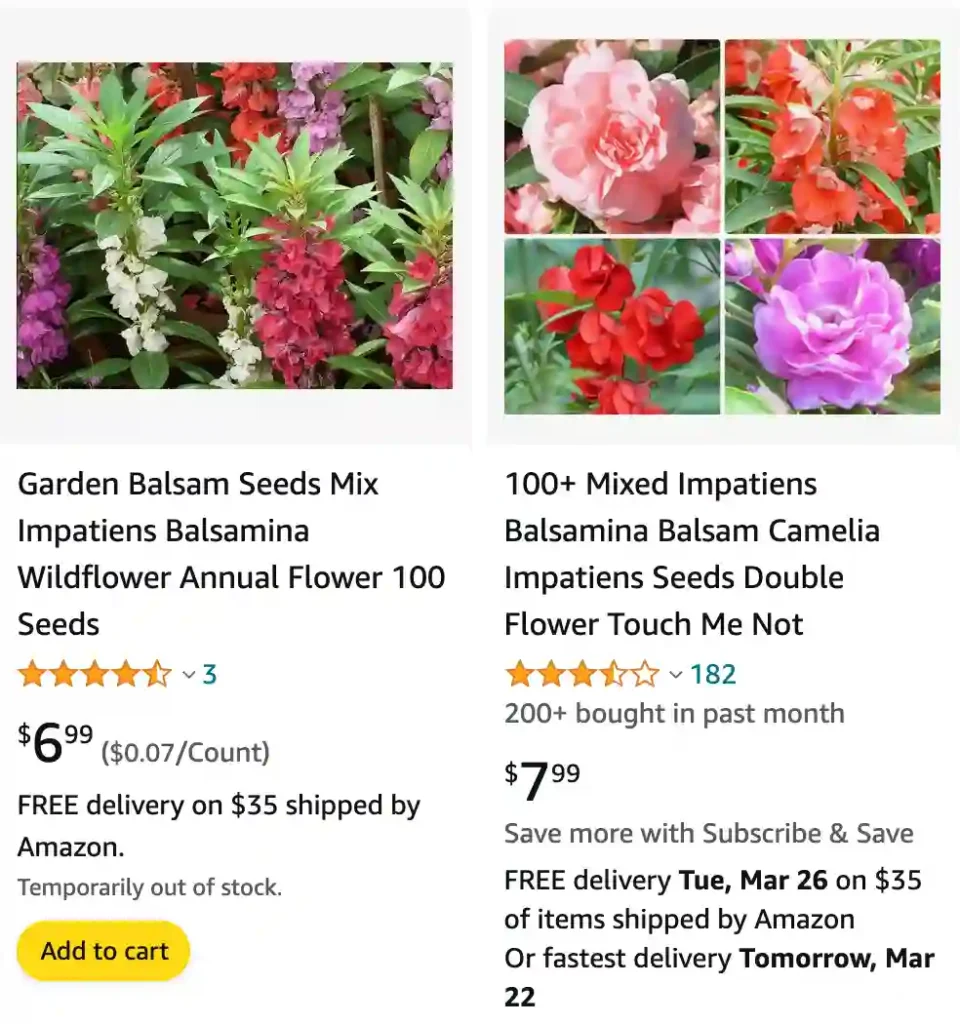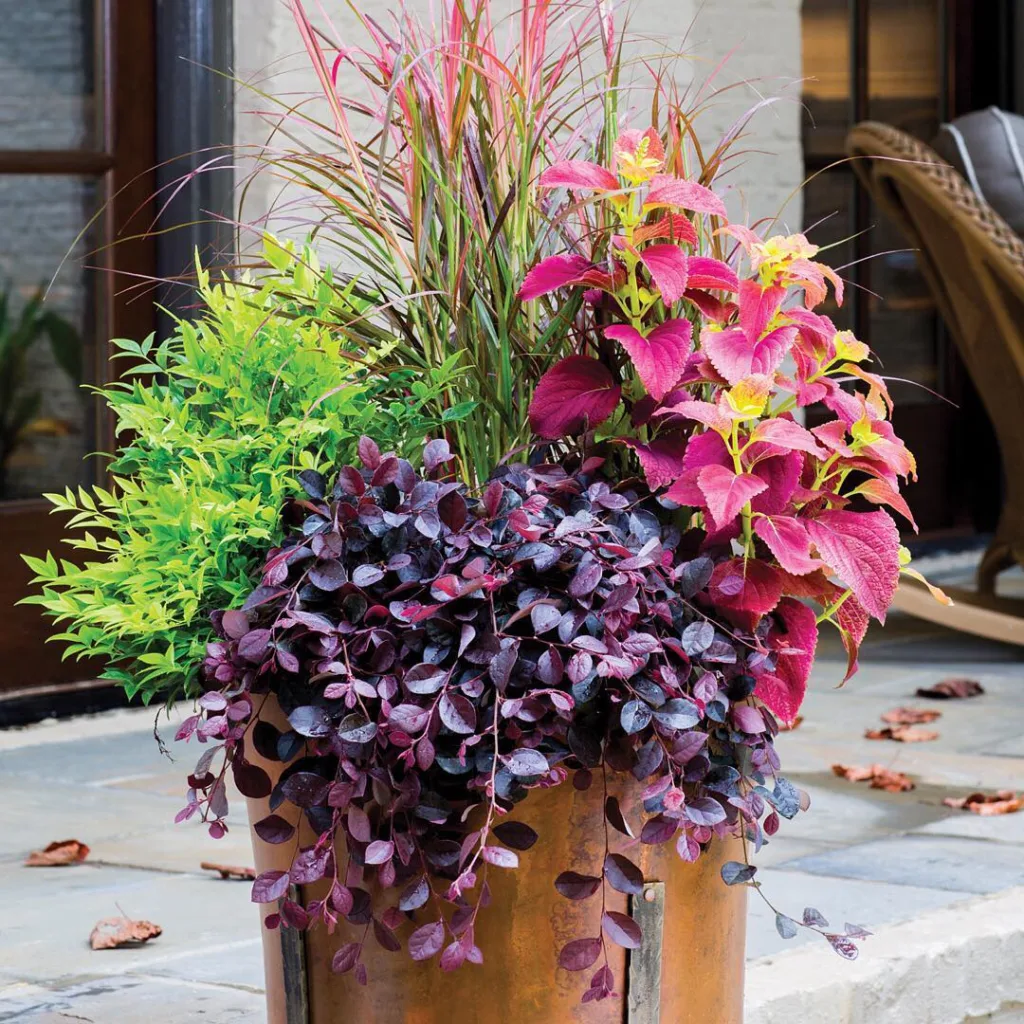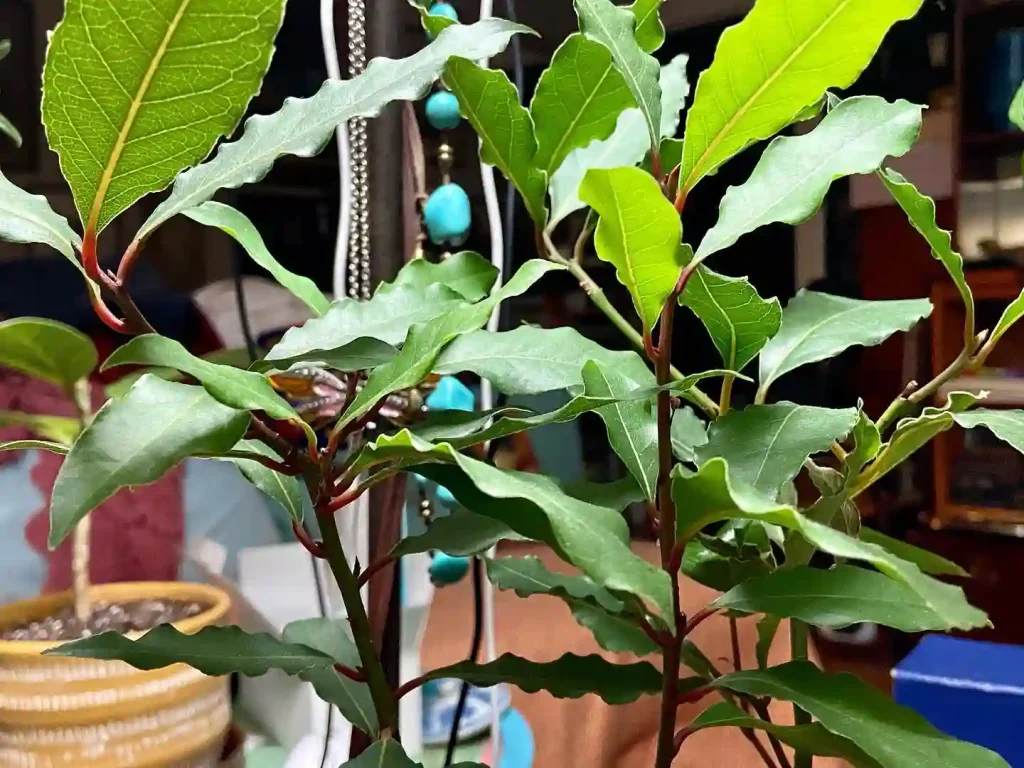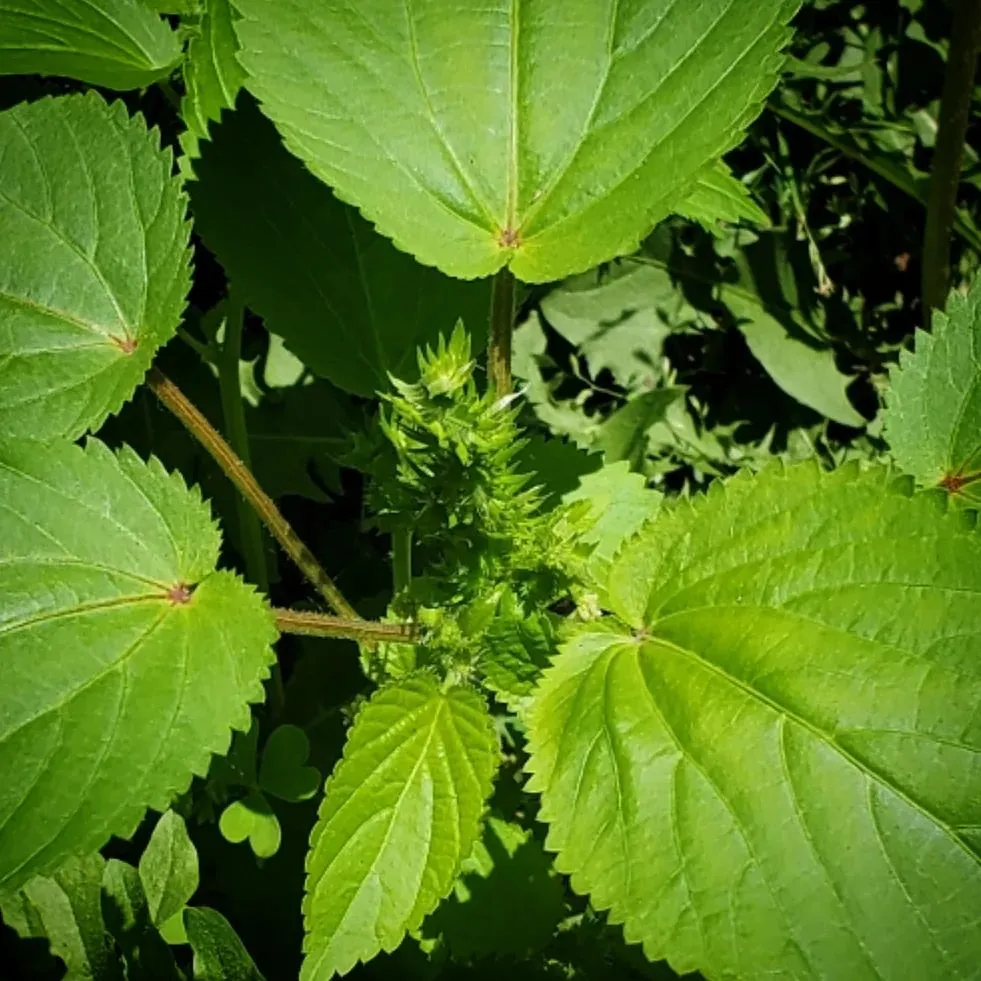
My Journey with Impatiens Balsamina
As a passionate gardener, I’ve always been intrigued by unique and colorful plants. One such plant that caught my attention is Impatiens Balsamina. Commonly known as balsam or garden balsam, this plant not only adds vibrant hues to my garden but also comes with an interesting history and a variety of uses. Let me take you through my experience with Impatiens Balsamina, from its characteristics to how to grow and care for it.
1124 Species in Genus Impatiens
What is Impatiens Balsamina?
Impatiens Balsamina, also known as balsam or garden balsam, is an annual flowering plant that belongs to the Balsaminaceae family. This plant is native to southern Asia but has gained popularity worldwide due to its beautiful, brightly colored flowers. The blooms come in a variety of shades including pink, red, white, and purple, making them a delightful addition to any garden. Balsam plants grow to about 12-24 inches in height and have a bushy, upright habit with lance-shaped leaves.
How to Grow Impatiens Balsamina from Seed?
Growing Impatiens Balsamina from seed is a rewarding process. Here’s how I do it:
- Start Indoors: I usually start the seeds indoors about 6-8 weeks before the last expected frost date. This gives the seedlings a good head start.
- Seed Trays and Soil: I fill seed trays with a well-draining potting mix and lightly press the seeds onto the surface. Balsam seeds need light to germinate, so I don’t cover them with soil.
- Moisture and Temperature: I keep the soil consistently moist and place the trays in a warm area with temperatures around 70-75°F. Within 7-14 days, the seeds start to germinate.
- Transplanting: Once the seedlings have at least two sets of true leaves, I transplant them into individual pots. When the weather warms up and the danger of frost has passed, I move them outdoors.
Can Impatiens Balsamina be Grown in Central California?
Yes, Impatiens Balsamina can be successfully grown in Central California. The region’s climate is suitable for these plants, as they thrive in warm conditions. Here are some tips for growing balsam in this area:
- Location: Choose a location that receives partial shade to full sun. Balsam plants can handle some direct sunlight, but too much heat can cause them to wilt.
- Soil: Ensure the soil is rich, well-draining, and slightly acidic to neutral. Amending the soil with compost can provide the necessary nutrients.
- Watering: Regular watering is essential, especially during dry periods. However, avoid waterlogging the soil to prevent root rot.
Do Hummingbirds Like Impatiens Balsamina?
Absolutely! One of the joys of growing Impatiens Balsamina is watching hummingbirds visit the garden. These birds are attracted to the bright, tubular flowers of the balsam plant. The nectar-rich blooms provide a valuable food source for hummingbirds, making my garden a bustling hub of activity during the blooming season.
How to Care for Impatiens Balsamina?
Caring for Impatiens Balsamina is relatively straightforward:
- Watering: Keep the soil consistently moist but not waterlogged. I water my balsam plants early in the morning to ensure they have enough moisture for the day.
- Fertilizing: I use a balanced, water-soluble fertilizer every 4-6 weeks to promote healthy growth and abundant blooms.
- Pruning: Deadheading spent flowers encourages more blooms. Additionally, I trim any leggy growth to maintain a compact shape.
- Pest Control: Keep an eye out for common pests like aphids and spider mites. In case of an infestation, I use insecticidal soap or neem oil.
How to Use Impatiens Balsamina?
Impatiens Balsamina has several uses beyond its ornamental value:
- Medicinal: Traditionally, balsam has been used in folk medicine for its anti-inflammatory properties. The leaves and flowers can be made into a poultice to treat minor skin irritations.
- Culinary: In some cultures, balsam seeds are used as a spice, and the young leaves can be consumed as a vegetable.
- Decorative: The vibrant flowers are perfect for cutting and can be used in floral arrangements to brighten up any space.
Where Can I Buy Impatiens Balsamina?
If you’re interested in adding Impatiens Balsamina to your garden, you can find seeds and plants at various sources:
- Local Nurseries: Many garden centers and nurseries carry balsam plants and seeds, especially during the planting season.
- Online Retailers: Websites like Amazon, eBay, and specialty garden stores offer a wide selection of balsam seeds.
- Seed Exchanges: Participating in seed exchanges with fellow gardeners can be a great way to obtain unique balsam varieties.
Growing Impatiens Balsamina has been a delightful experience for me, bringing color and life to my garden while attracting hummingbirds and providing potential health benefits. Whether you’re an experienced gardener or just starting out, I highly recommend giving this charming plant a try.
If i die, water my plants!



